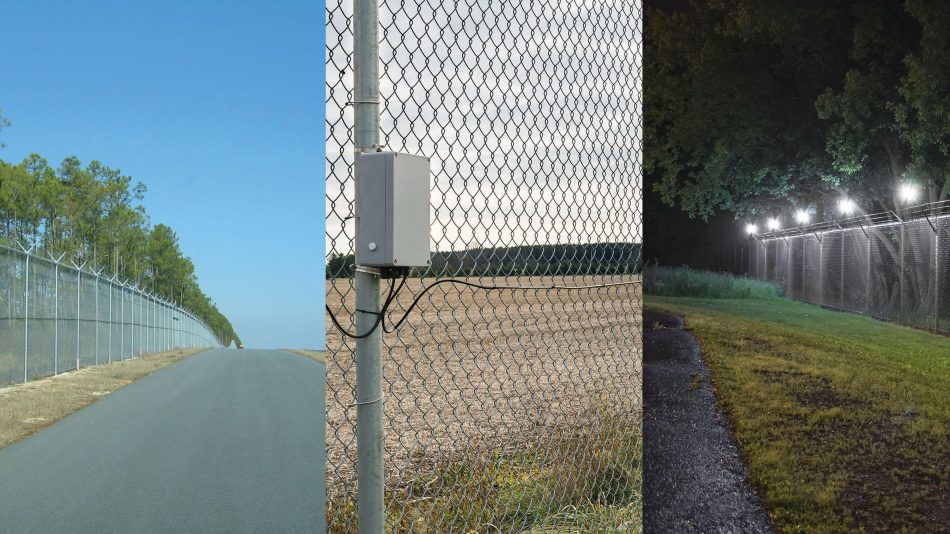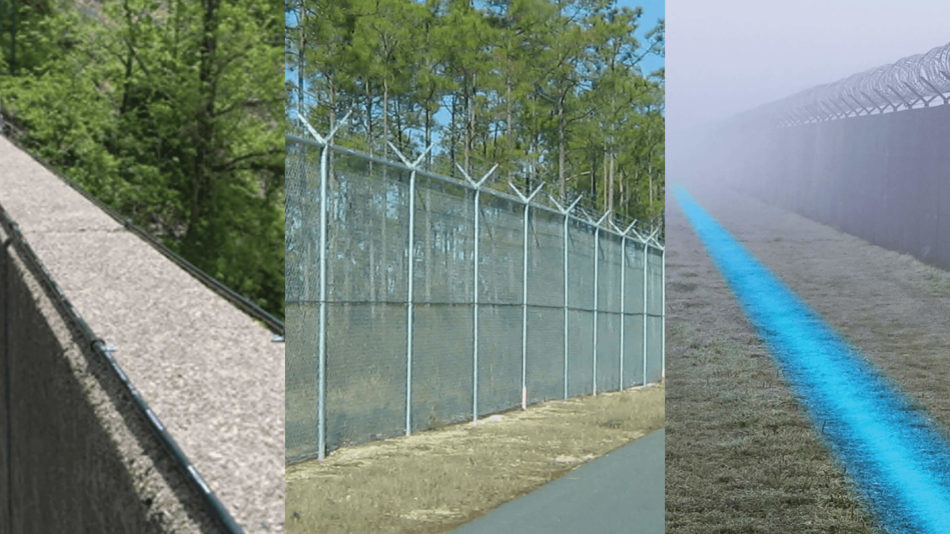How Security Fibers Are Used to Enhance the Effectiveness of Security Surveillance Networks
How Security Fibers Are Used to Enhance the Effectiveness of Security Surveillance Networks
Blog Article
Why Fiber Optic Protection Systems Are the Future of Defense
The transition to fiber optic safety systems marks a substantial innovation in the realm of security, driven by their phenomenal information transmission abilities and durability to exterior disturbances. These systems not only promote faster and extra reliable communication yet also offer a cost-effective service with minimized maintenance demands. As the landscape of security develops together with arising modern technologies such as AI and IoT, the potential for optical fiber to boost and redefine protection facilities ends up being increasingly apparent. The effects of these innovations raise essential concerns about the future of safety actions and their effectiveness in an ever-changing setting.
Advantages of Fiber Optic Systems
One of the primary advantages of fiber optic systems is their premium bandwidth ability, which assists in the transmission of big quantities of information over fars away without significant loss. This characteristic is especially helpful for protection applications that need the constant tracking and transfer of high-def video clip feeds, sensing unit data, and various other important information. Optical fiber can fit the expanding demands of modern-day security systems, ensuring that information stays intact and trusted.
Additionally, fiber optic wires are less at risk to electromagnetic disturbance, which can be a considerable problem in environments with numerous electronic tools. This resistance improves the honesty of the data being transferred, thus minimizing the threat of data violations or system failings. Additionally, fiber optic systems are inherently more protected than conventional copper wires, as tapping right into a fiber optic line without discovery is exceptionally challenging.
The sturdiness of fiber optic cable televisions also contributes to their allure. They are immune to ecological factors such as moisture and temperature fluctuations, reducing maintenance prices and raising system durability. Generally, these benefits placement fiber optic systems as a durable and reliable option for modern safety infrastructures, making certain reputable and safe information transmission.
Improved Information Transmission Rate

The capability to transfer vast amounts of information rapidly helps with the smooth assimilation of high-def video clip feeds and progressed analytics. Safety and security systems can currently process and evaluate information in real-time, boosting response times and situational recognition. Additionally, fiber optic connections sustain longer transmission ranges without deterioration of signal high quality, making them excellent for extensive safety and security networks.
The enhanced rate of fiber optic systems not only enhances the performance of safety operations but likewise lowers latency. This is especially important in important scenarios where timely decision-making can prevent safety breaches or alleviate prospective risks. As organizations remain to focus on safety and efficiency, the demand for fast and trustworthy data transmission will unquestionably strengthen fiber optic systems as a cornerstone of contemporary safety framework.
Resistance to Disturbance
Fiber optic find out here now security systems continually show extraordinary resistance to electro-magnetic disturbance, an essential advantage in atmospheres vulnerable to electronic noise. Unlike conventional copper wires, which can be negatively influenced by magnetic fields, radio regularity interference, and other kinds of electric disruption, fiber optic wires utilize light to transfer information. This fundamental residential or commercial property makes certain that the signals continue to be clear and unaltered, no matter of bordering digital task.
Making use of glass or plastic fibers in fiber optic innovation produces a barrier against interference, enabling trusted information transmission also in difficult situations such as industrial centers, metropolitan areas with high digital traffic, or places Home Page near radio towers. This characteristic significantly lowers the likelihood of signal degradation or loss, making fiber optic systems especially suitable for security applications where integrity and precision of information are extremely important.
Additionally, this resistance to interference boosts the total efficiency and integrity of safety systems, making sure that surveillance and sharp systems operate seamlessly. In a world where protection is significantly intimidated by sophisticated modern technologies, the durability of fiber optic systems stands apart as a pivotal feature, strengthening their condition as a necessary element of modern-day security infrastructure.
Cost-Effectiveness Gradually
Substantial cost savings can be attained gradually with the implementation of fiber optic safety and security systems. While the first investment might seem higher compared to conventional copper-based systems, the long-term economic benefits become evident via minimized operational and maintenance costs (fiber security). Fiber optic cable televisions are inherently a lot more sturdy and less prone to environmental aspects, which converts to lower replacement and repair service costs over their life-span
In addition, fiber optic systems require less power to operate, which even more reduces energy expenses. Enhanced data transmission abilities permit fewer repeaters and amplifiers, minimizing devices investment and simplifying installation processes. The scalability of these systems also adds to cost-effectiveness, as organizations can broaden their safety framework without incurring considerable extra costs.
One more factor to consider is the increased effectiveness in monitoring and action abilities that optical fiber supply. Improved real-time data transmission can cause quicker case feedback times, potentially mitigating losses and responsibilities associated important link with safety breaches. Altogether, the long-term benefits of fiber optic safety and security systems not just justify the first expenditure but likewise place them as a financially prudent option for companies seeking robust security options.

Future Developments in Security
Advancing technologies are established to change safety systems, integrating expert system (AI) and machine learning to enhance hazard discovery and response abilities. These technologies will certainly enable safety systems to assess substantial quantities of information in real-time, recognizing patterns and anomalies that suggest prospective threats. This proactive strategy will enable faster decision-making and more efficient occurrence actions.
Furthermore, the incorporation of the Internet of Things (IoT) is leading the way for interconnected protection gadgets, offering extensive security and tracking. Smart sensors can communicate info concerning ecological adjustments, while automated alerts can alert protection personnel instantly of questionable tasks.
Furthermore, the development of biometric modern technologies will certainly further reinforce protection devices. Facial recognition, fingerprint scanning, and retina identification are becoming a lot more innovative, supplying layers of authentication that are difficult to bypass.
Final Thought
In final thought, fiber optic protection systems represent a considerable advancement in protection innovation, supplying exceptional data transmission speed, resistance to electro-magnetic interference, and long-term cost-effectiveness. As the need for advanced safety and security options remains to grow, the combination of fiber optics with emerging technologies such as AI, IoT, and biometrics will better improve safety facilities (fiber security). The combination of these technologies will guarantee an extra safe and receptive setting, solidifying fiber optics as a keystone of future security systems
Report this page